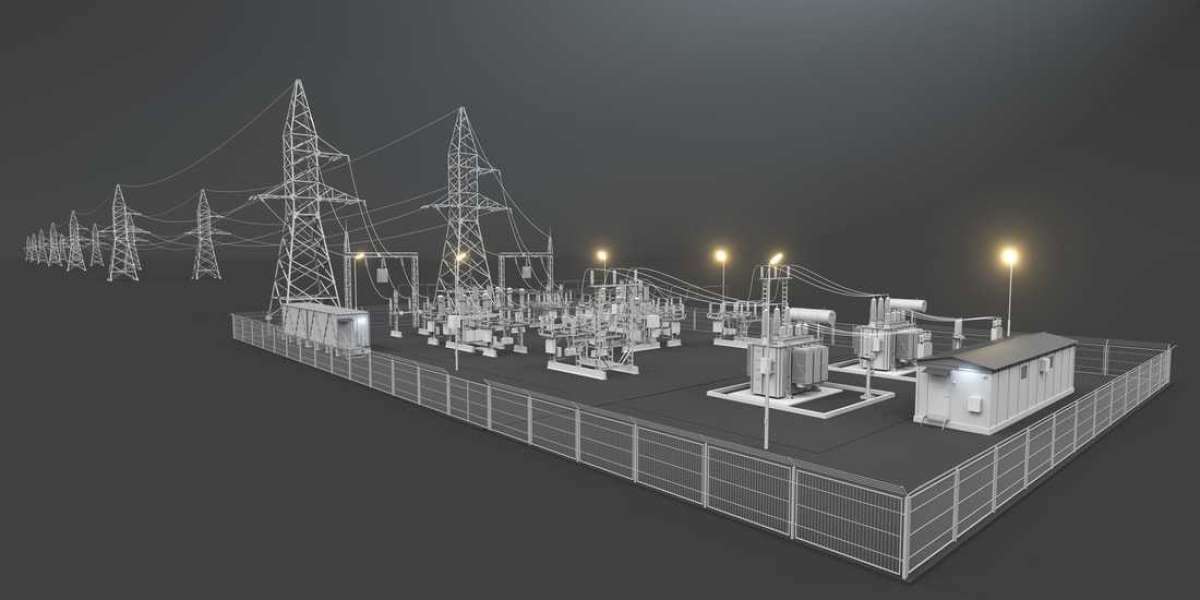High Voltage substations play a crucial role in the transmission and distribution of electrical power. These substations serve as key nodes in the power grid, facilitating the efficient and reliable transfer of electricity from generating stations to end-users. The design of HV substations is a complex and multifaceted process that requires careful planning, engineering expertise, and adherence to safety standards. In this blog, we will explore the essential elements of HV substation design under four subheadings: Site Selection, Equipment Selection, Layout Design, and Safety Considerations.
Site Selection:
Choosing the right location for an HV substation is vital to ensure optimal functionality and accessibility. Several factors need to be considered during site selection, including proximity to load centers, availability of land, environmental impact, and future expansion potential. Substations should be strategically located to minimize power losses during transmission and distribution, while also considering the environmental and social aspects. Thorough assessments and studies are conducted to determine the most suitable site, taking into account geological conditions, land availability, and the potential impact on nearby communities.
Equipment Selection:
The selection of equipment for an HV substation is a critical aspect of the design process. The chosen equipment must meet specific technical requirements, including voltage levels, load capacity, and operational efficiency. Common components found in HV substations include transformers, circuit breakers, switchgear, busbars, and protection systems. These components must be carefully selected based on the substation's anticipated load, the type of power generation being connected, and the overall network configuration. Advanced technologies, such as gas-insulated switchgear (GIS) and intelligent electronic devices (IEDs), are increasingly being integrated into substation designs to enhance substation testing and commissioning.
Layout Design:
The layout design of an HV substation encompasses the physical arrangement of equipment, structures, and connections within the substation compound. Efficient layout design ensures ease of operation, maintenance, and future expansion. The layout should consider factors such as clearances, accessibility for maintenance personnel, and proper segregation of high voltage and low voltage areas. Additionally, safety measures, such as fencing, grounding systems, and fire suppression systems, should be incorporated into the layout. Careful consideration is given to the routing of cables, ensuring minimal interference and optimal signal integrity.
Safety Considerations:
Safety is of paramount importance in HV substation design to protect both personnel and the surrounding environment. Substations operate at high voltage levels, presenting inherent risks such as electric shocks and fire hazards. Adequate safety measures are implemented to mitigate these risks. Protective equipment, such as insulating gloves, safety clothing, and grounding systems, are used to safeguard workers during maintenance and operation. Moreover, the layout design should incorporate clear modern power system analysis signage, emergency exits, and proper fencing to restrict unauthorized access.
Conclusion:
HV substation design is a complex and interdisciplinary process that requires careful consideration of multiple factors. As the demand for electricity continues to grow and renewable energy integration becomes more prevalent, the importance of well-designed HV substations becomes increasingly evident. By embracing advancements in technology and adhering to international standards, we can ensure that HV substations continue to power the future with efficiency, reliability, and safety.





